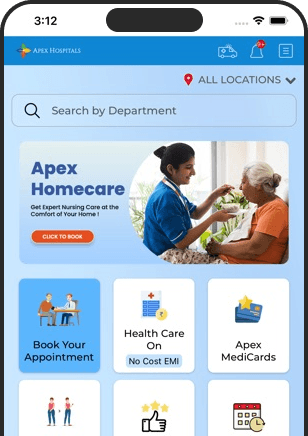What is Gout?
- Diet: High intake of red meat, shellfish, sugary drinks, and alcohol (especially beer)
- Genetics: A Family history of gout increases your risk
- Medical conditions: Such as obesity, high blood pressure, diabetes, and kidney disease
- Medications: Some diuretics and drugs used to treat hypertension
- Swelling
- Warmth
- Red or purplish skin over the joint
- Extreme tenderness
Gout is a type of inflammatory arthritis that causes sudden, severe episodes of pain, swelling, redness, and tenderness, usually in the joints. It most commonly affects the big toe but can also occur in the ankles, knees, elbows, wrists, and fingers.
Gout happens when uric acid levels in the blood become too high. Usually, uric acid is dissolved in the blood and passes through the kidneys into the urine. But when too much uric acid builds up, it can form sharp crystals in the joints, causing intense pain and inflammation.
Several factors can lead to excess uric acid, including:
A gout flare often starts suddenly, sometimes at night, and can feel like a joint is on fire. The pain is often accompanied by:
An attack can last a few days to a week or more, and then subside, sometimes not returning for months or years.
Treatment options
Gout can be intensely painful, but the good news is that it’s treatable. With the right approach, you can manage symptoms, prevent future attacks, and protect your joints from long-term damage.
- NSAIDs (Non-Steroidal Anti-Inflammatory Drugs): These help reduce swelling and pain quickly.
- Colchicine:
- Corticosteroids:
1. Medications for Acute Gout Attacks
These are used to relieve pain and reduce inflammation during a flare:
A specific anti-gout medication can reduce inflammation if taken early during an attack. Works best within the first 24 hours of symptoms.
Pills or injections like prednisone are used if NSAIDs or colchicine aren’t effective or safe. Fast-acting and especially useful for people with kidney issues or ulcers.
2. Long-Term Medications to Lower Uric Acid
- Stay hydrated: Drink plenty of water to help flush uric acid.
- Avoid high-purine foods: Limit red meat, shellfish, organ meats, and sugary drinks.
- Cut back on alcohol, especially beer and spirits.
- Maintain a healthy weight: Obesity increases uric acid levels and joint stress.
- Exercise regularly: Low-impact activities like walking or swimming can help.
- Vitamin C: May help lower uric acid levels.
- Cherry extract: Some studies suggest it can reduce the frequency of flares.
- Magnesium: May support uric acid regulation in the body.
If you’re experiencing frequent gout flare-ups, several times a year, or if your attacks are less frequent but extremely painful, your doctor may recommend long-term treatment. This is especially important if X-rays show joint damage or if you have complications like tophi (hard uric acid deposits under the skin), chronic kidney disease, or kidney stones.
The main goal of ongoing gout treatment is to lower uric acid levels in your body and prevent future attacks or complications.
There are two main types of medications your doctor might prescribe, depending on your symptoms, overall health, and medical history:
1. Medications that Reduce Uric Acid Production
These medications help your body produce less uric acid, reducing the likelihood of crystal formation in your joints.
2. Medications that Help the Body Eliminate Uric Acid
These drugs work by helping your kidneys flush uric acid out of your body more efficiently.
3. Lifestyle and Dietary Changes
These play a crucial role in managing gout:
4. Supplements and Natural Aids (with medical guidance)
Because gout and its complications vary from person to person, our healthcare provider will tailor treatment to your specific needs. Regular check-ups are important to monitor your progress, adjust your medications if needed, and reduce the risk of side effects.
If you have recurring attacks, worsening joint pain, or signs of joint damage, consult our rheumatologist. Untreated gout can lead to chronic arthritis and the formation of painful tophi (uric acid crystal deposits under the skin).
FAQS
Health In A Snap, Just One App.
KNOW MORE

